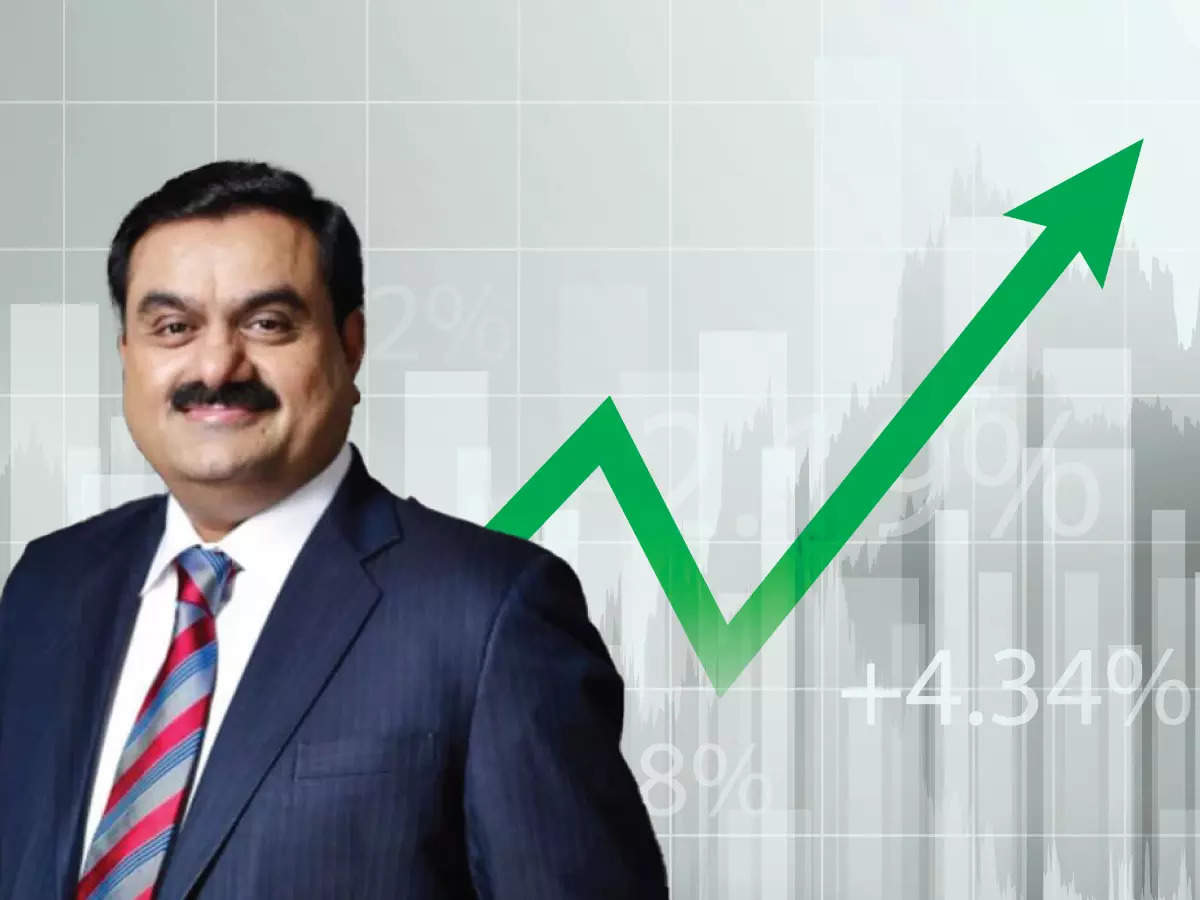[ad_1]
“By pre-paying Rs 17,500 crore of margin-linked financing, we insulated and ring-fenced our portfolio from market volatility. I asked my leadership team to focus on businesses. This catalysed a record-breaking EBITDA growth of 47% in the first half of FY24, with
Adani’s portfolio delivering its highest-ever quarterly profit in Q3 FY24. Our bat was doing the talking,” Adani wrote in a column today in The Times of India.
Timed just ahead of a Rs 20,000-crore follow-on public offer (FPO) of Adani Enterprises, the Hindenburg report created a furore in markets which quickly took a political turn. In just 7 trading sessions, the combined market value of all 10 listed Adani stocks was reduced to half.
Also Read | 3 Adani stocks prove invincible after 1 year of Hindenburg attack
“In the fog of this war, our biggest weapon was adequate liquidity. To augment our strong cash reserves of Rs 30,000 crore, we further fortified our financial position by raising an additional Rs 40,000 crore, equal to the debt repayment for the next two years. We did this through stake sales in our group companies to investors of immaculate global standing, like GQG Partners and QlA. This got us an expansive war chest of cash reserves, restored confidence in markets and backed our goal of creating world-class infrastructure for India,” Adani recalled.
The self-made billionaire has a history of surviving black swan events. He was there in Mumbai’s Taj Hotel during the 2008 terrorist attack and also survived a kidnapping incident in 1998.”Had our detractors’ plan fully succeeded, domino effects could have crippled many critical infrastructure assets, seaports and airports to power supply chains – a catastrophic situation for any country. However, thanks to our solid assets, robustness of our operations and high-quality disclosures, the more informed financial community, including lenders and rating agencies, didn’t get swayed and stood solidly with us,” the billionaire wrote.
In hindsight, he admitted that the crisis uncovered a fundamental weakness of not paying enough attention to outreach mechanisms. Few outside the infrastructure finance community knew of the size, scale and quality of what Adani Group had done or was doing, he said.
“We had failed to proactively counter twisted narratives on our debt levels and unfounded accusations of political partisanship, resulting in the spread of distorted perceptions,” Adani said, adding that the conglomerate is politically agnostic.
“While this devious attack on us – and our strong counter measures – will no doubt become a case study, I felt compelled to share my learnings because it was us today, it could be someone else tomorrow,” the college dropout said, adding that he has emerged stronger from the Hindenburg experience.
In the last one year, the total market value of Adani Group has fallen by Rs 4.67 lakh crore to Rs 19.2 lakh crore.
Shares of Adani Total Gas have been the worst performer in the family with investors sitting at 74% loss in the last one year. Adani Energy Solutions is down 62%, Adani Wilmar 39%, Adani Enterprises 16%, Adani Green Energy 14%, NDTV 7% and ACC 4%.
Three of the stocks – Adani Ports, Adani Power and Ambuja Cements – have managed to defeat the short-seller’s agenda. Adani Power is the top gainer with an 89% return in one year while the conglomerate’s cash cow Adani Ports has seen a 47% increase in value since the Hindenburg report was released. Ambuja is also up around 6%.
[ad_2]
Source link
